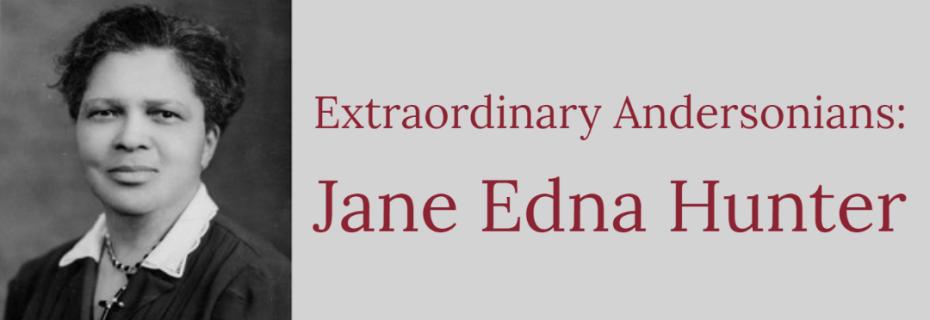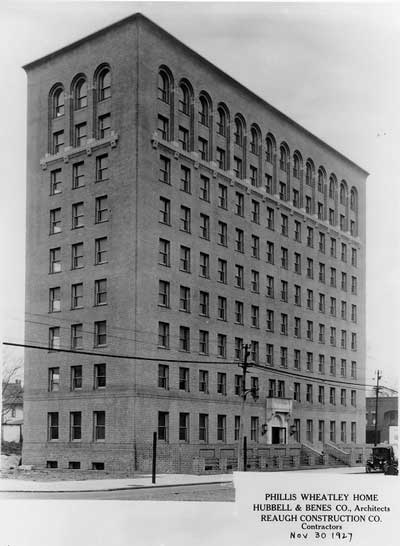Visit
 The Official Web Site of the State of South Carolina
The Official Web Site of the State of South Carolina

Jane Edna Harris was born on December 13th 1882 to sharecroppers Edward Harris and Harriet Milner on the Woodburn Plantation near Pendleton. Her family lived a wage worker’s existence, picking cotton for local plantations, doing small jobs such as laundry, cooking, and cleaning for wealthy families. Her father even assisted one of the firms constructing Clemson University buildings.
Upon her father’s death in 1892, Jane moved in and worked for various aunts and uncles. Jane took on jobs at local hotel’s cleaning, nursing, and babysitting for private families, and working as a farm hand. In 1896 at the insistence of two visiting Presbyterian Ministers, she entered Ferguson Academy in Abbeville. After graduation she moved back to the Pendleton area and married Edward Hunter, a man 40 years her senior. Within 15 months they had separated and Jane Edna Hunter moved to Charleston. While there she applied to and entered the Cannon Street Hospital and Training School for nurses. After two years of working as a nurse in Charleston and surrounding towns, she entered the Dixie Hospital and Training School for Nurses in Hampton Virginia and continued her education there. On May 10th 1905, Jane Edna Hunter packed her bags and joined family and friends in Cleveland, Ohio.
Mrs. Hunter quickly learned the reality of life in a bustling northern city, crime and prostitution ran rampant and she was unable to find a job as a nurse due to the color of her skin. A relative gave her a small loan and a job as a domestic worker. In 1911, Hunter and a group of friends, all of whom had struggled to survive in Cleveland as African American women, decided to found the Working Girls Association and the Phyllis Wheatley Institute. The Association was dedicated to housing, educating, and assisting poor African American migrants who had moved North during the Great Migration of the early 20th century. One of Hunter’s first goals was building a settlement house for these itinerant women, Hunter believed that such a building could be built with “a nickel and a prayer” donated each week. By the end of 1911 the Phyllis Wheatley Home was opened with 11 rooms.

It was at this time that Hunter experienced her first criticisms as certain black middle class women came out against her. They believed that Hunter and the Phyllis Wheatley Institute was bringing segregation to Cleveland and steering young African American women into domestic work rather than uplifting them. One opponent to Hunter referred to the Institute as the “Jim Crow Y.M.C.A.,” though Hunter responded that the creation of the home was sparked by the discrimination she faced in Cleveland and her inability to find suitable, consistent work as an educated African American woman. Overcoming these contemporary criticisms, Hunter and the P.W.I. raised over $600,000 for the creation of the Phyllis Wheatley Center in 1926, a nine-story brick building which housed and educated young African American women. The success of the Phyllis Wheatley Institute led to nine similar centers modeled on the P.W.I. being created across the United States.
It was Jane Edna Hunter’s hard work, dedication to uplift, and endless determination that brought many young African American women out of poverty and helped break glass ceilings across the U.S.
Learn more about Jane Edna Hunter in the Anderson County Museum Hall of Fame.